In a Galaxy Far, Far, Away: The Repeating Supernova -- The Star that Just Won't Die!
Scientists working on the Intermediate Palomar Transient Factory telescope near San Diego, California discovered a star that has had a supernova explosion five times over the course of nearly two years.
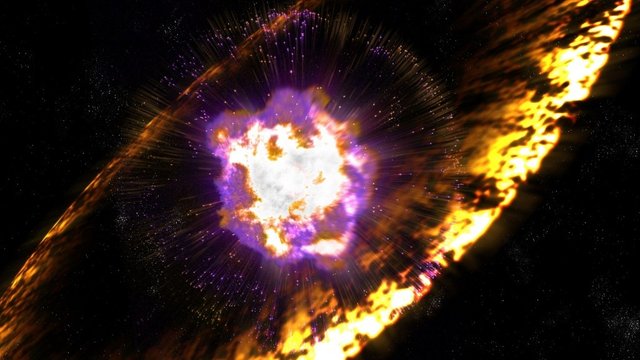
Image Source
Life and Death of a Star
The birth, life, and death of a star is a battle of outward presure driven by nuclear reactions overcoming the collapsing force of gravity.
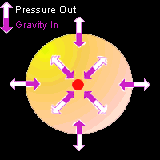
Image Source
A star's life and death is largely determined by it mass.

Image Source
The greater the mass of the star the shorter the life span of the star.
Life and Death of a Star Universe Documentary
46 minute video published by Universe Documentary HD on 5 January 2016
Intermediate Palomar Transient Factory
Image Source
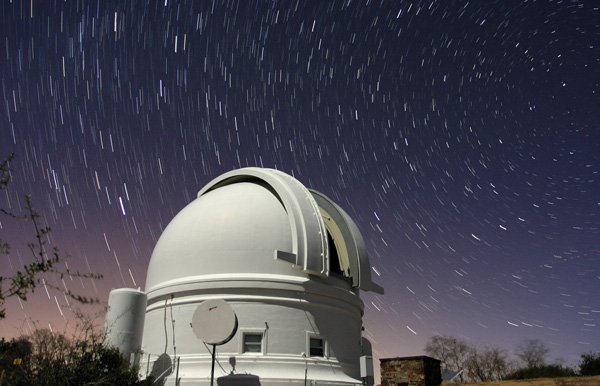
Samuel Oschin Telescope dome
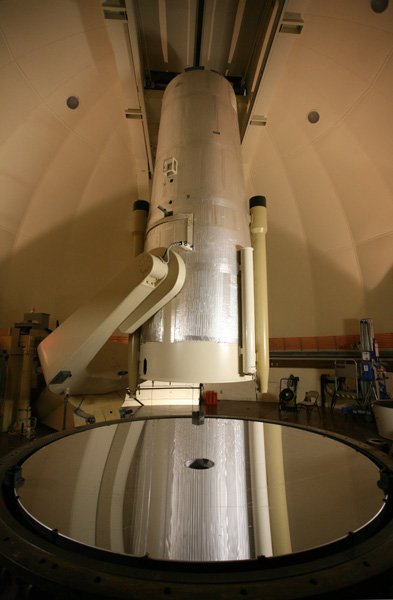
72-inch mirror of the Samuel Oschin Telescope
The Sar That Wouldn't Die -- It Just Keeps Going and Going
Typically a star's brightness fades after a supernova explosion, but this is the star that wouldn't die. Researchers observed the star/explosion dubbed iPTF14hls radiating with the brightness of 500 million Suns for almost two years. And even today the it is still going strong.
When it should be fading after a supernova, iPTF14hls, got even brighter. Over the course of two years observers noted five distinct peaks in iPTF14hls' luminosity.
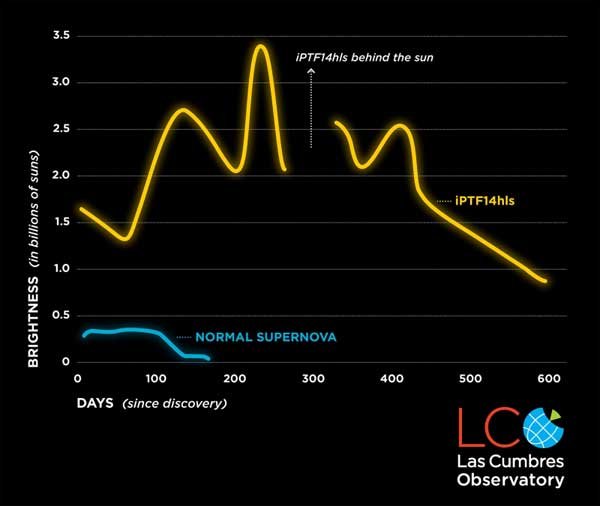
Image Source
iPTF14hls is some 500 million light-years way. In the five observed explosions it is estimated that iPTF14hls spewed out the contents of 50 Jupiters and radiated as much energy as 10 quintillion suns.
Astronomers may have observed iPTF14hls exploding as far back as 1954.
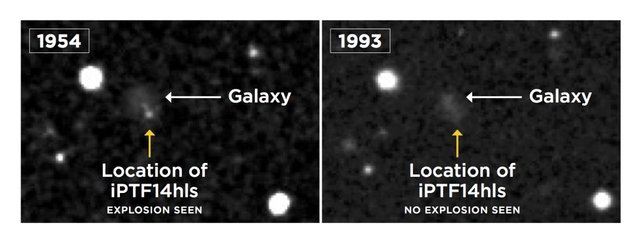
Image Source
A Possible Explanation
Iair Arcavi, an astrophysicist at the University of California at Santa Barbara, and his collegues at Las Cumbres Observatory may have an explanation for the explosions observed since 2014, a pair-instability supernova.
Image Source
If a star is massive (but not too massive), the star's core converts photons into particles, electrons and positrons (an electron's anti-matter counterpart). The instabilities in the star's core set off multiple supernova-like explosions.
However, a pair-instability supernova does not explain the observance of the explosion in 1954 some 60 years before the recent series of supernova events for iPTF14hls. It is possible that iPTF14hls is exhibiting an entirely new phenomenon we are just now learning about.
Sources and Full Articles
Stellar Evolution - The Birth, Life, and Death of a Star, NASA, 4 September 2003
Speaking of Science ‘The strangest supernova we’ve ever seen’: A star that keeps exploding — and surviving, The Washington Post, 8 November 2017
Energetic eruptions leading to a peculiar hydrogen-rich explosion of a massive star, Nature: International Weekly Journal of Science, 9 November 2017
The Star That Wouldn’t Die, Sky & Telescope, 8 November 2017
Thank You!
Thank you!
I have got so much knowledge about stars thanks to your post, it is great as all your posts, resteemed)
nicely informed by you
Nice revelation. I didn't really know much about the stars until now..
This should be galaxy science or astronomy, I think.
I believe this post is original, @originalworks
Thank you!
I studied physics in college with one course in astronomy. If my college had offered astrophysics I would have taken those courses too, but getting a job in astrophysics is a lot harder than just having a physics degree.
Thank you for your support!
Have a great week!
Steem on,
Mike
The @OriginalWorks bot has determined this post by @etcmike to be original material and upvoted(1.5%) it!
To call @OriginalWorks, simply reply to any post with @originalworks or !originalworks in your message!
nah, this is gettting interesting. Because yeah, as far as i know a supernova means the end of a star. But yeah, maybe it would become a new study and knowledge in the coming future.
As astronomers and astrophysicists study this new kind of supernova they may need to add a new way stars come to an end.
Have a great week!
Steem on,
Mike
Congratulations @etcmike! You have completed some achievement on Steemit and have been rewarded with new badge(s) :
Click on any badge to view your own Board of Honor on SteemitBoard.
For more information about SteemitBoard, click here
If you no longer want to receive notifications, reply to this comment with the word
STOPI have got so much knowledge about stars
This post has caught the eye of @MuxxyBot and has been nominated by the curation team.
If chosen it will feature in a curation post by @MuxxyBot.
An image from your post may be featured.
Congratulations. This post is featured in today's Muxxybot curation post.https://steemit.com/curation/@muxxybot/muxxybot-curation-37
interesting post like it!!
great